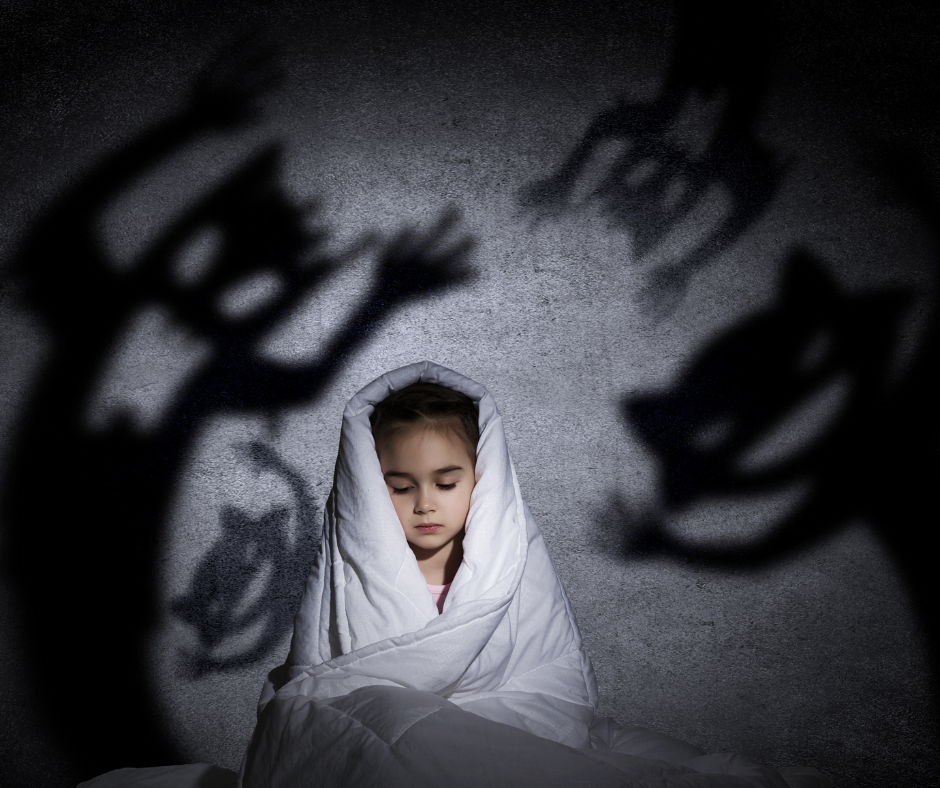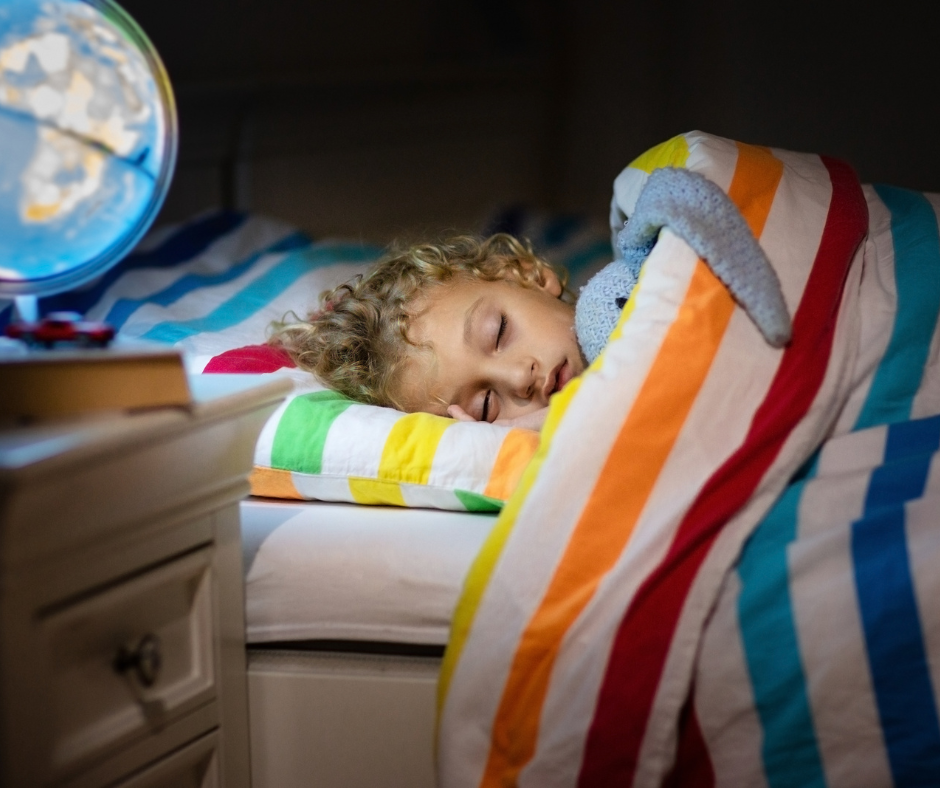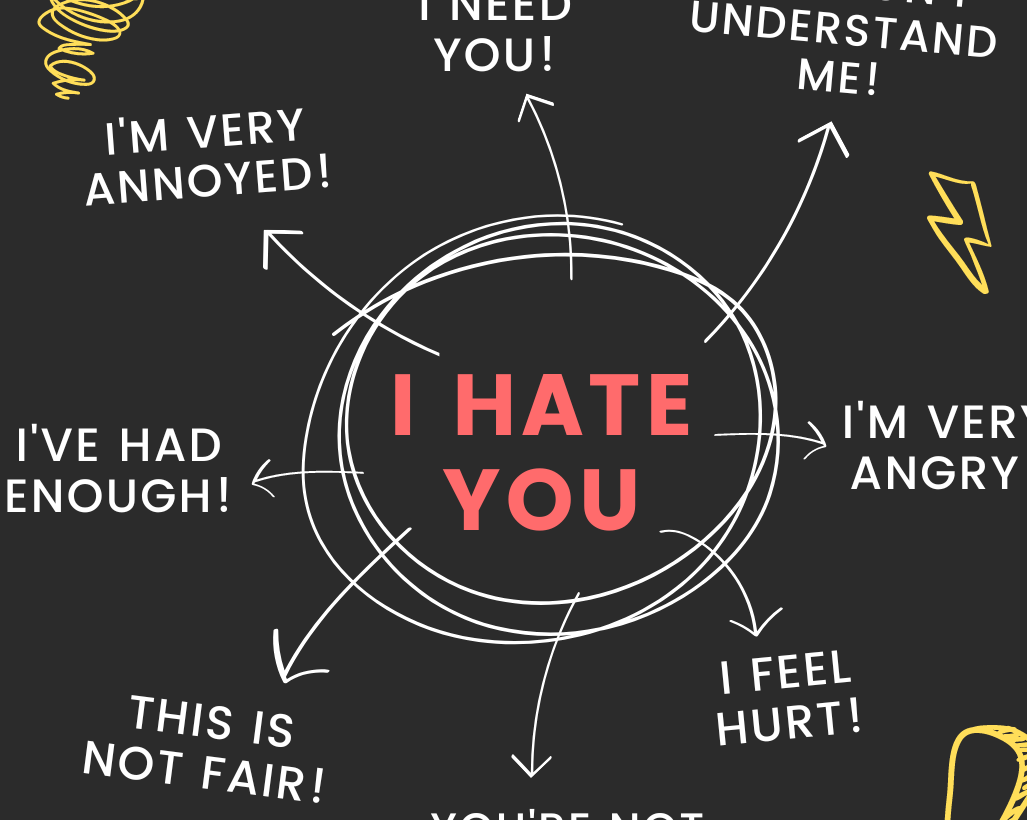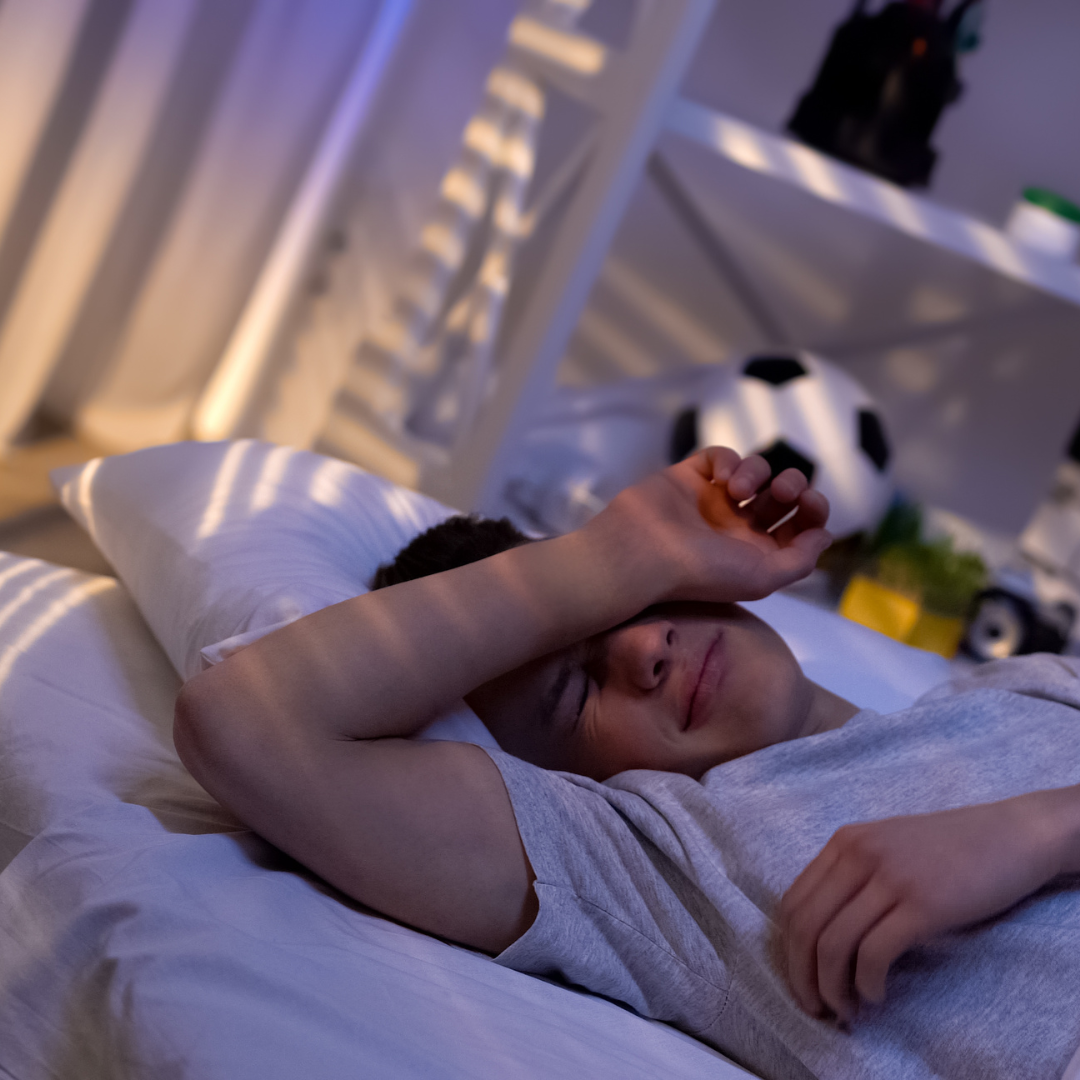What you've just witnessed is a night terror – an unsettling and bewildering experience that can send any parent's heart racing. One thing is for sure - you're not alone in this and night terrors happen a lot more than you realise! So let's dig deeper into night terrors in kids – what they are, why they happen and what you can do when they happen.
Triggers:
Night terrors stem from a disruption in the sleep cycle, specifically during the transition from non-REM sleep to REM sleep. Unlike nightmares, which occur during REM sleep and are often recalled by the child, night terrors arise during deep non-REM sleep. Various factors can trigger night terrors, including:
Genetics: A family history of night terrors or sleep disorders can increase the likelihood of a child experiencing them.
Sleep deprivation: Fatigue and irregular sleep patterns can heighten the risk of night terrors.
Stress and anxiety: Emotional stress or major life changes can contribute to night terrors.
Fever: Elevated body temperature, often due to illness, can trigger night terrors.
Sudden noises or needing to wee
Symptoms:
Sudden awakening: A child experiencing a night terror might sit up abruptly in bed with a look of fear on their face.
Crying and screaming: Children in the midst of a night terror often cry or scream, sometimes with a sense of urgency or panic.
Unresponsiveness: One of the most puzzling aspects of night terrors is that the child remains mostly unresponsive to attempts at comfort or communication.
Physical activity: Kids may display physical activity during night terrors, such as kicking, flailing, or moving around in bed.
Limited memory: In the morning, most children have no memory of the night terror episode.
How to respond:
Stay calm. While witnessing a night terror can be distressing, it's crucial for you to remain calm. Remember, your child is not fully awake and might not be aware of your presence.
Provide a safe environment. Ensure your child's sleeping environment is safe to prevent any injuries during a night terror episode.
Offer reassurance. Once the episode is over, gently comfort your child and help them return to sleep if needed.
Create a consistent routine. Establishing a consistent bedtime routine can help reduce the likelihood of night terrors by promoting better sleep patterns.
At what age do night terrors usually happen?
Night terrors typically occur in children between the ages of 2 and 6 years old, with the highest frequency happening around ages 3 to 4. However, they can sometimes start as early as 18 months and may continue until around 12 years of age, although they usually become less frequent and intense as your child grows older.
It's important to note that every child is unique, and the age at which they experience night terrors can vary. Some children might never experience night terrors, while others might have them for a relatively short period.
Night terrors in babies
Night terrors can even manifest in infants, although they are less common and often go unnoticed. Babies may experience sleep disruptions due to discomfort or hunger, which might mimic night terrors. However, genuine night terrors usually become more apparent as a child grows older and their sleep patterns mature. Recognising the distinction between night terrors and typical infant sleep disturbances is crucial for offering appropriate support.
Night terrors in two-year-olds
The age of two is a time of rapid cognitive and emotional development, which can influence the occurrence of night terrors. Two-year-olds are beginning to process complex emotions and might be unable to articulate their fears effectively. As a result, night terrors can manifest as dramatic episodes of crying, thrashing and heightened anxiety. It's important to provide reassurance and comfort during these episodes, while recognizing that most children outgrow night terrors as their sleep patterns mature.
Guiding your child through the night
Night terrors might appear alarming, but they are typically a passing phase. Many children experience night terrors and as terrifying as these episodes can be, they often disappear with time and the implementation of a consistent bedtime routine.
Understanding the underlying causes, differentiating between baby sleep disturbances and true night terrors and navigating the unique emotions that children might face during such episodes, can equip parents to provide the right support. Remember that while night terrors can be distressing for both you and your child, they are a natural part of many children's development and often fade over time.
When to seek professional help?
Night terrors are usually considered a normal part of development and tend to diminish as a child gets older. However, if night terrors are causing severe disruption to your child's sleep or daily life, consulting your GP or sleep specialist might be beneficial.
Disclaimer: This blog post is for informational purposes only and should not replace professional medical advice. If you have concerns about your child's sleep or behaviour, consult a healthcare professional.









